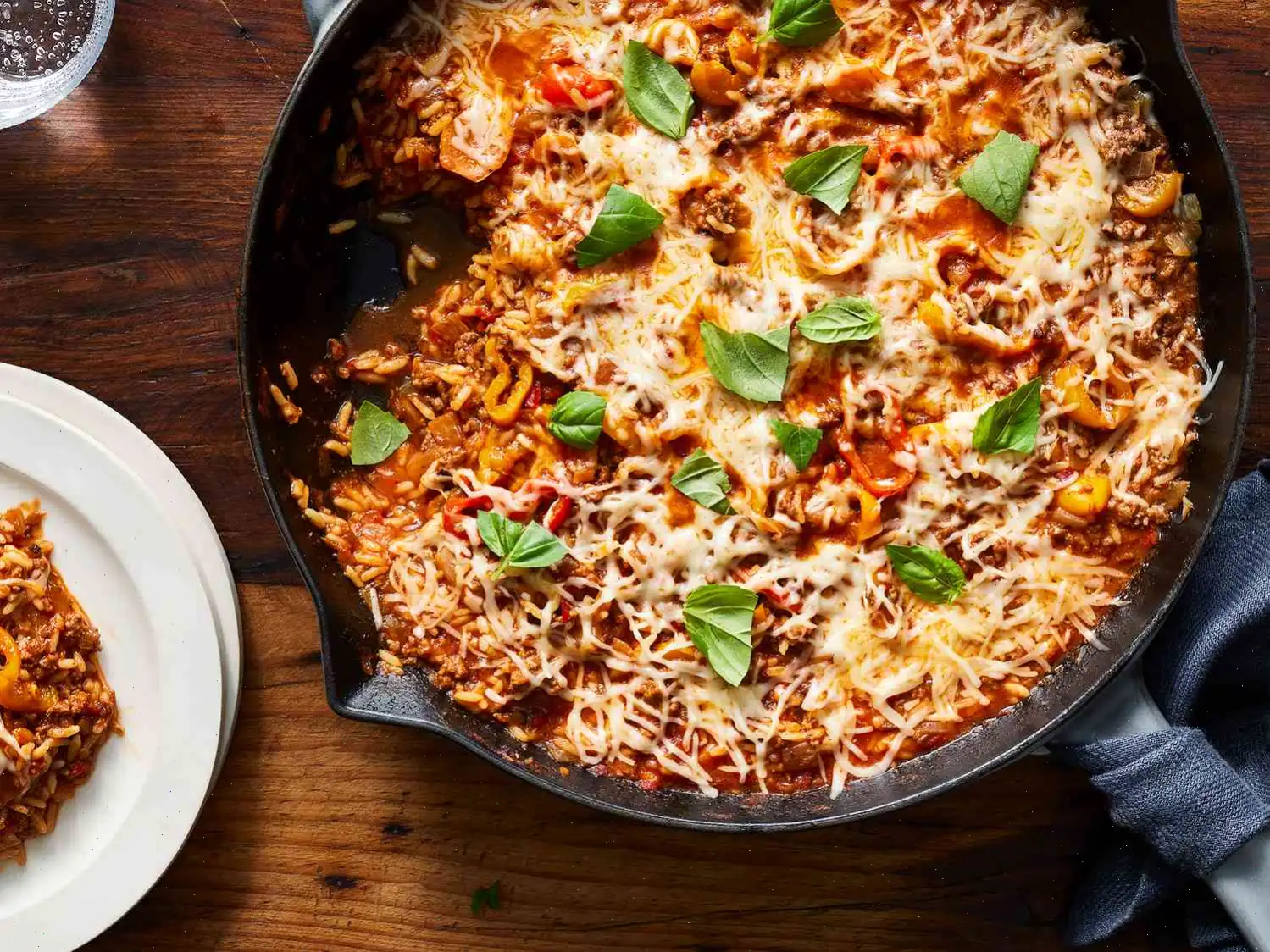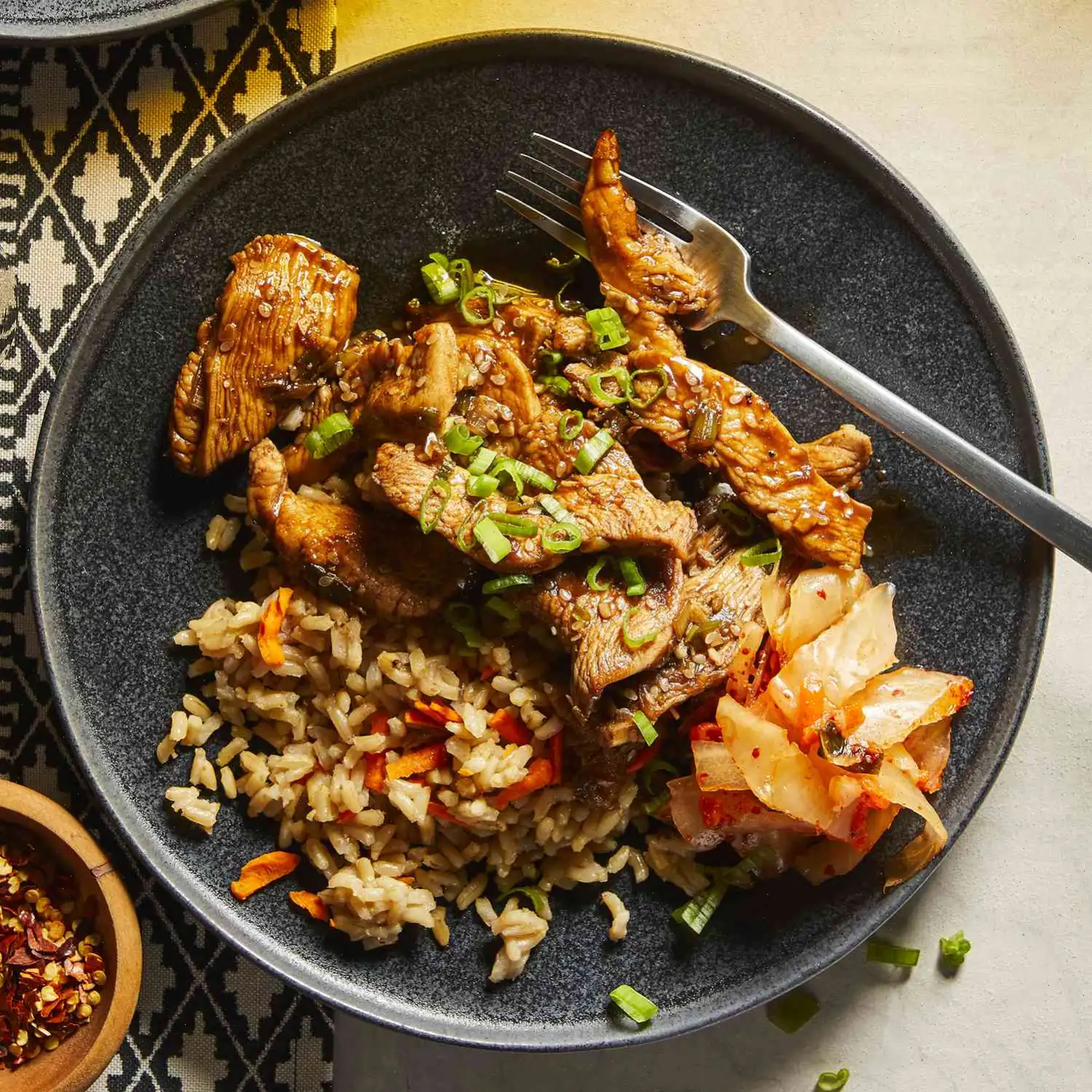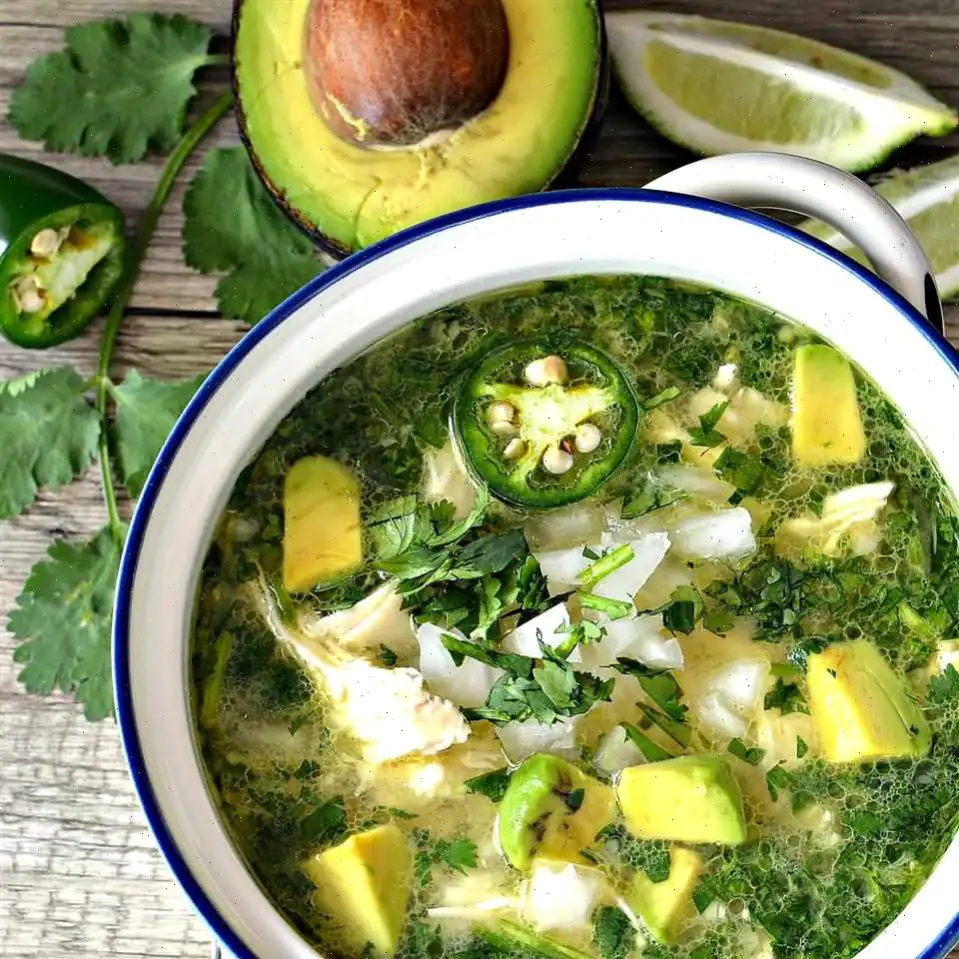
Chilled Lo Mein Noodles with Szechuan Peppercorns Recipe
Ingredients
This recipe makes 6 servings. Quantities are based on the original yield; adjust amounts as needed. Cooking times and steps remain the same regardless of portion size.
- 6 ounces dried lo mein noodles (such as Simply Asia)
- 3 tablespoons peanut oil
- 3 tablespoons Chinese black rice vinegar or rice vinegar
- 1 tablespoon reduced-sodium soy sauce
- 1 tablespoon sugar
- 1 jalapeno pepper, finely minced (remove seeds if desired)
- 2 cloves garlic, minced
- 1 teaspoon Szechuan peppercorns, crushed
- 1/4 cup chopped dry-roasted peanuts
- 2 tablespoons chopped green onions
- 1 tablespoon fresh cilantro leaves
Directions
- Cook the lo mein noodles according to the package instructions. Once cooked, drain and rinse under cold water until completely cooled. Drain again and use kitchen shears to cut the noodles into smaller, manageable pieces.
- Prepare the vinaigrette by whisking together peanut oil, rice vinegar, soy sauce, sugar, jalapeno, garlic, and crushed Szechuan peppercorns in a small bowl until the sugar dissolves completely.
- In a large serving bowl, toss the cooled noodles with the vinaigrette, ensuring every strand is coated evenly.
- Sprinkle the chopped peanuts, green onions, and fresh cilantro over the top and serve immediately.
Nutrition Facts (per serving)
- Calories: 145
- Total Fat: 10g (13% DV)
- Saturated Fat: 2g (9% DV)
- Cholesterol: 0mg (0% DV)
- Sodium: 208mg (9% DV)
- Total Carbohydrates: 10g (4% DV)
- Dietary Fiber: 1g (4% DV)
- Total Sugars: 3g
- Protein: 3g (6% DV)
- Vitamin C: 4mg (4% DV)
- Calcium: 18mg (1% DV)
- Iron: 1mg (3% DV)
- Potassium: 103mg (2% DV)
*Percent Daily Values are based on a 2,000-calorie diet. Individual values may vary based on your calorie needs. Nutrient data is based on available information and may not include all ingredients. If you follow a medically restrictive diet, consult your doctor or registered dietitian before preparing this recipe.
History and Origins of Chilled Lo Mein Noodles with Szechuan Peppercorns
Lo mein noodles trace their roots back to Northern China, where wheat-based noodles were a staple for centuries. Traditionally, "lo mein" refers to noodles that are boiled and then tossed with a sauce rather than stir-fried. The concept of serving them chilled likely evolved as a summer variation to provide a refreshing contrast to heavier, hot noodle dishes. The addition of Szechuan peppercorns, famous for their unique numbing heat, is a hallmark of Sichuan cuisine, combining the region's signature bold flavors with the versatility of lo mein noodles.
Regional Characteristics
This dish is particularly associated with Sichuan Province, in southwestern China, known for its bold, spicy, and aromatic flavors. Unlike typical lo mein served hot, the chilled version emphasizes tangy and slightly numbing notes, often using rice vinegar and Szechuan peppercorns. Some regions may add sesame paste or peanut oil for a richer, nutty taste. In southern China, lighter versions with more vegetables and less oil are common, while northern adaptations maintain a chewy noodle texture with robust, punchy seasonings.
Differences from Similar Dishes
While traditional hot lo mein involves stir-frying noodles with vegetables, meats, and sauces, this chilled version stands out by its preparation and flavor profile. Unlike cold sesame noodles or Japanese hiyashi chuka, which rely heavily on sesame or soy-based dressings, Chilled Lo Mein Noodles with Szechuan Peppercorns use a combination of vinegar, peanut oil, and fresh aromatics like jalapeo and garlic. The crushed Szechuan peppercorns provide a tingling sensation that distinguishes it from other cold noodle salads, making it uniquely Szechuan in character.
Typical Serving Settings
Chilled lo mein is often served as an appetizer or light main course in Chinese restaurants during warmer months. It is popular at family gatherings, casual meals, and banquet-style dinners. In modern cuisine, it has also gained popularity in fusion restaurants and bento-style lunches, where its bright flavors and refreshing temperature make it an appealing choice. Street food vendors in Sichuan may also serve it as a convenient, spicy cold dish, perfect for a quick meal.
Interesting Facts
- Szechuan peppercorns are not actually pepper; they are the dried husks of the prickly ash tree and produce a unique numbing effect called m.
- Chilled lo mein was historically a way to preserve noodles and serve them quickly without reheating during hot summers.
- The combination of vinegar and sugar in the dressing balances the numbing spice of the peppercorns, creating a complex and refreshing flavor profile.
- Though peanuts are a common garnish, some variations use sesame seeds or roasted soybeans for added texture and nuttiness.
- Modern adaptations sometimes include shredded vegetables, tofu, or seafood, illustrating the dishs versatility and global appeal.
FAQ about Chilled Lo Mein Noodles with Szechuan Peppercorns Recipe
Comments
Patrick Rodriguez
05/11/2025 12:21:51 AM
Tasty! The perfect level of heat without overwhelming spiciness. I would definitely remake this dish as it was simple and didn't take long to prepare. It felt like a great balance between eating well and treating myself.








